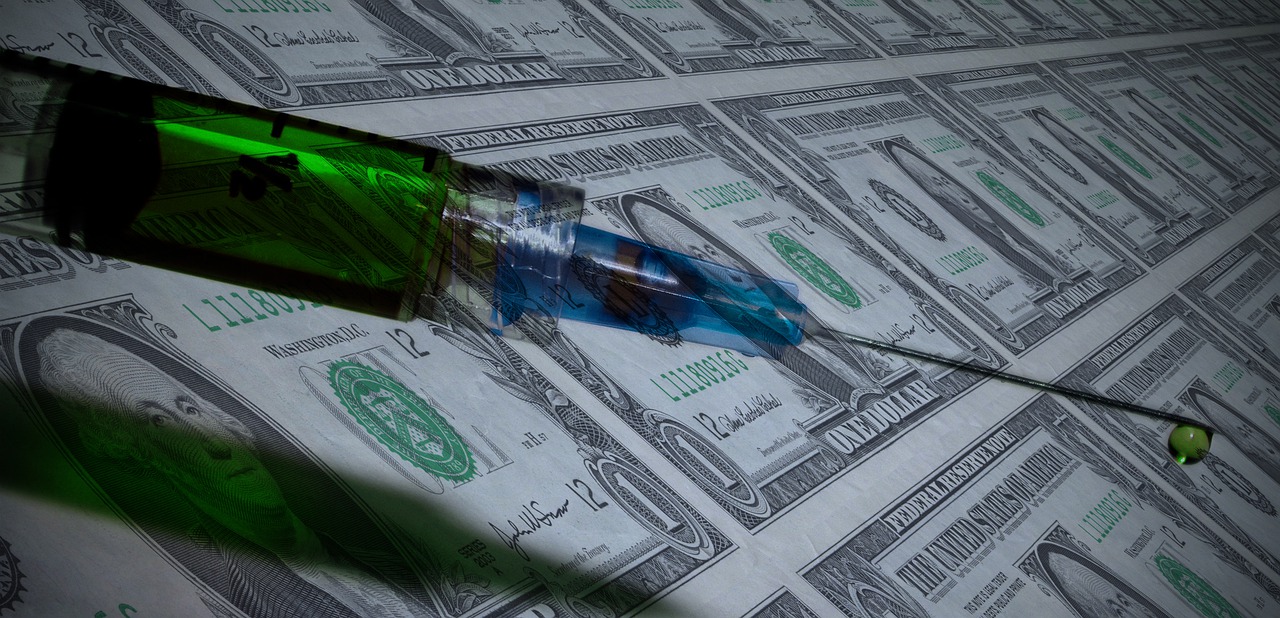On Monday, the riskier currencies saw a boost after progress towards a coronavirus rollout was made, but it kept the US dollar on its existing downward trend. On Monday, it was announced by drug maker AstraZeneca that their COVID-19 vaccine could prove to be 90% effective. The British pharmaceutical company is preparing the submission of its trial data to authorities all over the globe, which may have a framework for early or conditional approval of the vaccine. This is now the latest in a series of positive vaccine advancements that have been made after the US-based Moderna Inc. had announced on 16th November that their experimental vaccine had proven to be 94.5% effective.
Likewise, last week Pfizer Inc., also based in the United States, along with its partner German-based BioNTech SE, had announced that their vaccine candidate had shown efficacy of 90% or more, which had increased to 95%, after the full trial data had been analyzed. The overnight session was a quiet one, where a holiday in Japan kept the price-action quite limited. Sentiment in the currency market also received a boost after one of the top US health officials had stated on Monday that the coronavirus vaccine could be available to healthcare workers and others, as early as mid of December.
Market analysts said that the pandemic is currently the biggest news in the market, as optimism about potential vaccines seems to be providing some support to riskier assets for now. There was a 0.4% fall in the dollar last week, and it continued its downward trend this week as well because there is a growth in the risk appetite of traders. At 0813 GMT, the dollar had fallen by 0.1% against a basket of some other prominent currencies, as it reached a value of 92.234. As a matter of fact, the dollar also lost out against another safe-haven currency, the Japanese yen.
At 0820 GMT, the two currencies had been changing hands at 103.76. Moving on, the release of strong retail sales data certainly helped the New Zealand dollar, as the currency surged to reach two-year highs, which further brought down the possibility of policy easing. By 0822 GMT, the Kiwi had climbed by 0.4% to trade at 0.6952 on the day. Regarded as a liquid proxy for risk, the Australian dollar had also risen by 0.4% to reach 0.73285. The euro also saw an increase, as it reached $1.1868.
Last week, Angela Merkel, the German Chancellor, said that leaders of the European Union will continue their discussion about the COVID-19 recovery plan introduced by the bloc worth 1.8 trillion euros, which is the equivalent of $2.14 trillion. Hungary and Poland had vetoed this recovery plan, which has become a problem, and it needs to be resolved before they can move forward with it. The Euro zone flash PMI data has also turned out to be better than expectations, which has also given markets a solid lift that they need right now, amidst rising cases of the coronavirus.
